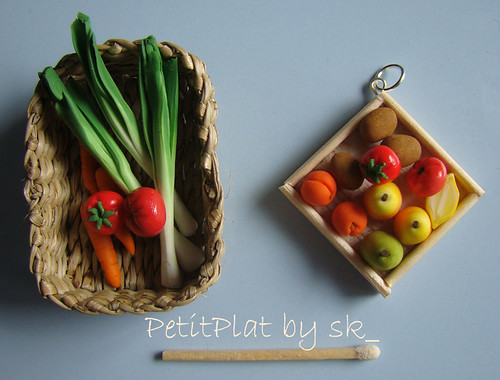This summer, we’re doing Twelfth Night at the New York Shakespeare Festival. There’s a number of trick and gag props in the show. Trick props are easy to do; you just need to remember every single mechanical gizmo, electrical doodad, and moving part you have ever run across in every object that exists, and pick the one that will work the best.
Actually, that’s not a bad way to think about trick props. If you can find some object, machine, or toy that already carries out the trick you wish to achieve, your job becomes that much easier. You can figure out a way to recreate it, or even just take all the relevant parts out and use those directly in your prop.
In order to start thinking about what type of mechanism, trick, or illusion would work for your prop, it helps to narrow the field a bit. If you haven’t tried Google Book Search yet, let me just say, it’s awesome. You can search through books, just like you search through websites. Best of all, if the book is in the public domain, you can read and download the entire thing – text and images.
So, when checking out resources for trick props and stage illusions, I’ve come across the following books.
Five Hundred and Seven Mechanical Movements – This is very similar to a book I own in print, and I think a lot of the illustrations are even from the same sources. It’s a great guide to all sorts of methods of transforming motion through gears, pulleys, cams, and levers.
Endless Amusement; a Collection of Nearly 400 Entertaining Experiments – This book is short on illustrations and long on old-timey language. Still, it seems chock full of all sorts of experiments that could find use on the stage. The ones dealing with pneumatics and hydraulics are perhaps more useful than the ones dealing with saltpetre and slaked lime.
Twentieth century magic and the construction of modern magical apparatus – Stage magic and illusions are a great resource for prop tricks, if you can find the information. Luckily, magicians are not too worried about protecting one hundred year old tricks.
Magic: stage illusions and scientific diversions, including trick photography – Another fun book on magic, filled with lots of illustrations to show all manner of stage trickery.


